The Journal of Polymer Science Part A: Polymer Chemistry highlights some important research in the latest issue.
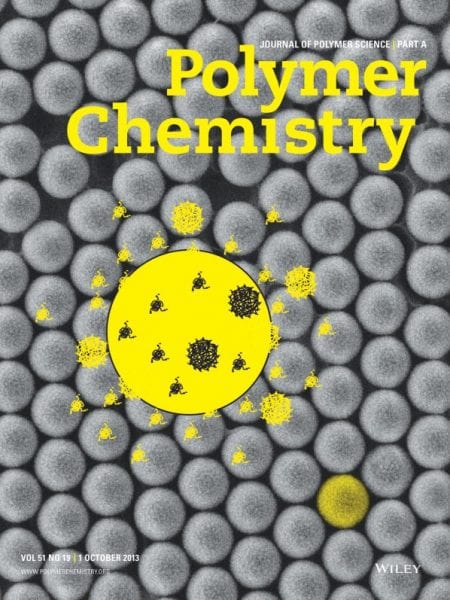

The Journal of Polymer Science Part A: Polymer Chemistry highlights some important research in the latest issue.
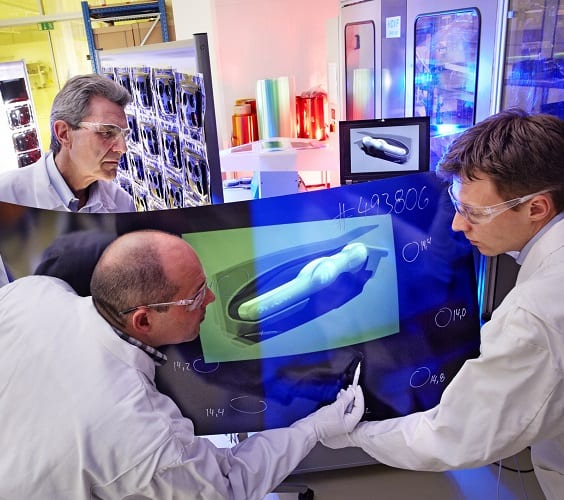
A new development pledges to revolutionize the fittings of future car interiors – 3D displays with homogeneous, fully customizable surfaces.
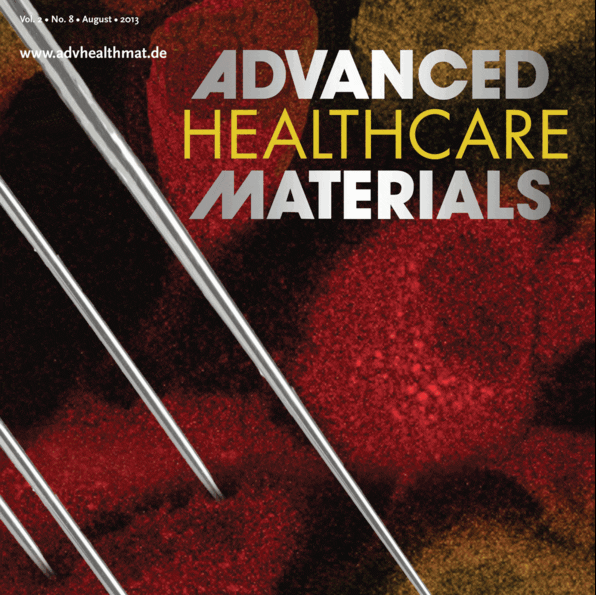
Here are the top five papers downloaded in August 2013. Also view the August issue of Advanced Healthcare Materials! Chitin Microneedles for an Easy-to-Use Tuberculosis Skin Test by Jungho Jin, Valerie Reese, Rhea Coler, Darrick Carter and Marco Rolandi An easy-to-use...
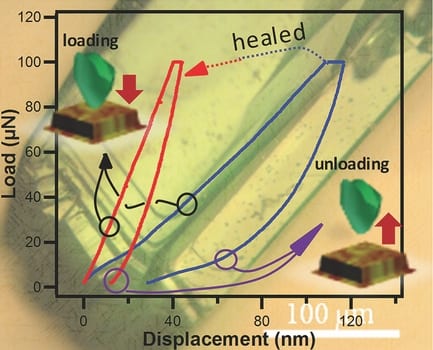
A problem with metal–organic frameworks (MOFs) is that their slightly ionic nature renders their structure vulnerable to deformation.
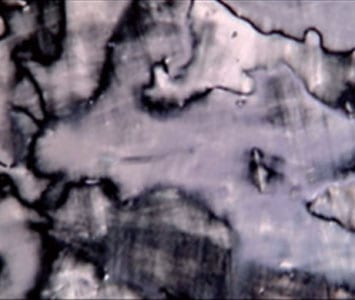
Nanotechnology tool may help in in detecting harmful gases, pathogens, or explosives.
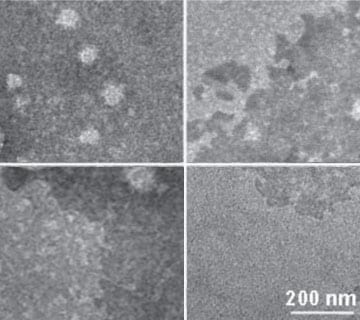
Jun Feng and collaborators address drug delivery challenges by applying boronic acid coupling and host-guest chemistry.
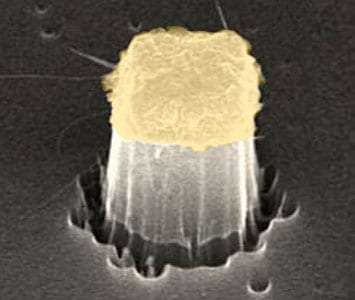
Ultraclean carbon nanotubes hold promise for advances in optical fiber communications, solar cells and LEDs.
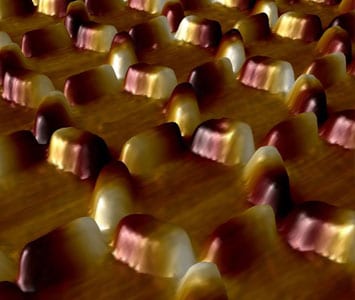
Honeycomb configuration helps disassemble magnetic islands—potential data storage and computational advances could follow.
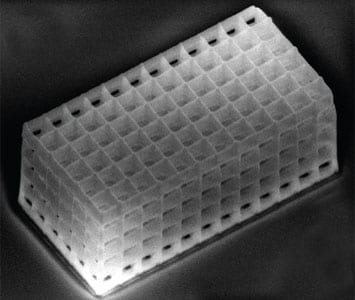
In a proof-of-concept study, authors in Italy have demonstrated electric field-controlled switching between stable states in a porous material containing nematic liquid crystals.

Professor Molly Stevens has become a recognised role model in science. She has won award after award and built a large and successful research group at Imperial College London.